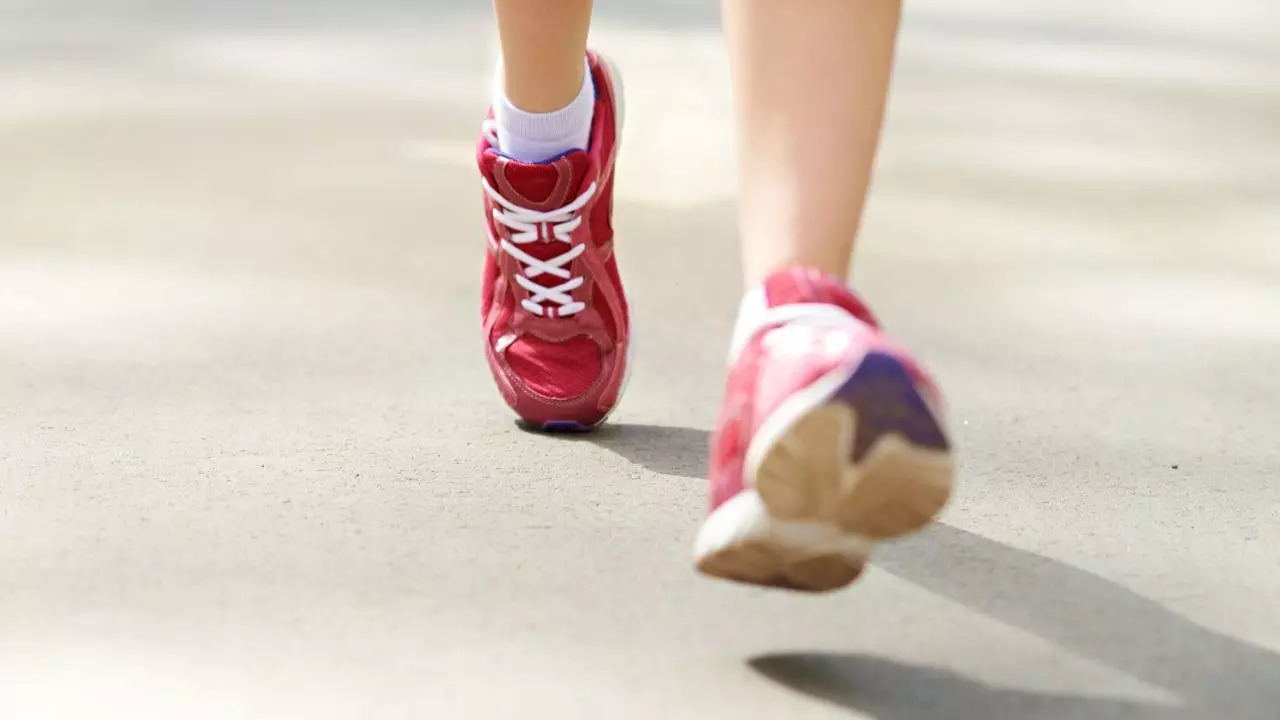Trending:
Half of India’s Adults Not Physically Active; Lancet Study Reveals Alarming Trend
A new study found that 50 per cent of adults in India were engaged in insufficient levels of physical activity in 2022. This study was published in The Lancet Global Health journal and revealed that insufficient levels of physical activity was higher in women than it was in men. Read on to know more about the study.

Half of India’s Adults Not Physically Active
A recent study published in The Lancet Global Health journal reveals that almost 50 per cent of adults in India were engaged in insufficient levels of physical activity in 2022. The study also reveals that far more women in India (57%) were found to be insufficiently physically active, compared to men (42%), in line with trends across the South Asian region.
The study also said that the insufficient levels of physical activity in women in the region were, on average, 14% higher than those in men. The South Asian region also ranked the second highest in terms of adults being insufficiently physically active after the high-income Asia Pacific region, said an international team of researchers, including those from the World Health Organization (WHO).
Globally, the authors found that about a third of the adults (31.3%) were insufficiently physically active which is defined as not taking part in at least 150 minutes of moderate-intensity physical activity per week or 75 minutes of vigorous-intensity physical activity per week.
This was up by 5% from 26.4% of the adults worldwide insufficiently engaging in physical activity in 2010, they found, and if the 2010-2022 trends continued, the authors said that the global target of improving physical activity engagement by 15% would not be met.
In India, a little over 22% of the adults engaged in insufficient physical activity in the year 2000, while in 2010, close to 34% of the adults were insufficiently physically active, the researchers found. The researchers projected that in 2030, 60% of adults might be insufficiently engaging in physical activity if the current trends continue.
For the study, the researchers analysed data of physical activity reported by adults (aged at least 18 years) in population-based surveys to estimate the number of adults performing insufficient physical activity for 197 countries and territories from 2000 to 2022. The team also found that around the world, older adults, both men and women, aged 60 years and above, were increasingly engaging in insufficient physical activity.
Ways To Incorporate Physical Activity Into Daily Lives
Short Workouts
Performing short, high-intensity workouts can be highly effective. Even 10-15 minutes of exercise, such as jumping jacks, push-ups, or squats, can boost your heart rate and provide significant health benefits. These sessions can be easily fitted into breaks during work or household chores.
Active Commuting
Choose to walk or cycle instead of driving or using public transport for short distances. If possible, getting off at the bus a stop earlier or parking further away from your destination can add extra steps to your day.
Desk Exercises
Those who have sedentary jobs, desk exercises can be a good solution. Simple stretches, leg lifts or seated marches can be done while working. Standing desks or walking meetings are also great ways to reduce sitting time.
Household Chores
Engaging in household tasks like cleaning, gardening or washing the car can be excellent forms of physical activity. These activities often need various movements and can effectively contribute to your daily exercise needs.
Social Activities
Participating in social activities that involve physical movements, such as joining a sports club, dance class or group hikes can make your exercise sessions more enjoyable and consistent.
(With inputs from PTI)
Trending:
End of Article
Subscribe to our daily Lifestyle Newsletter!
Related News





76-Year-Old UK Man Forced To Wait 18 Hours For Treatment After Suffering A Heart Attack

Malaika Arora Shares Effective Exercises To Tone Your Waist

Optical Illusion Personality Test: What You See First Can Tell If You Are Decisive Or Frickle-Minded

Most Lung Cancer Patients In India Never Smoked: Study

Vaccinations For Toddlers: 7 Important Vaccinations To Keep Diseases At Bay







